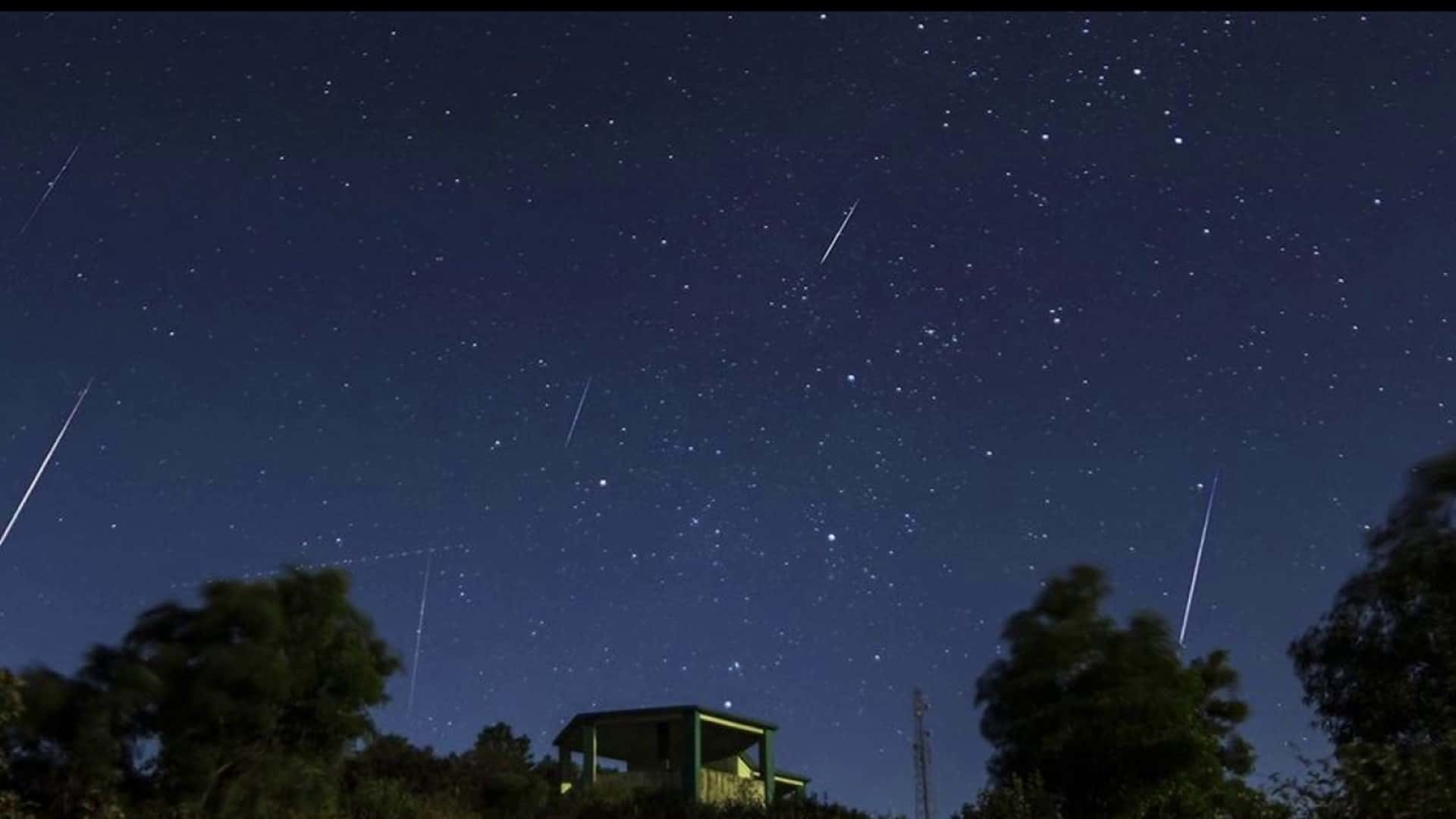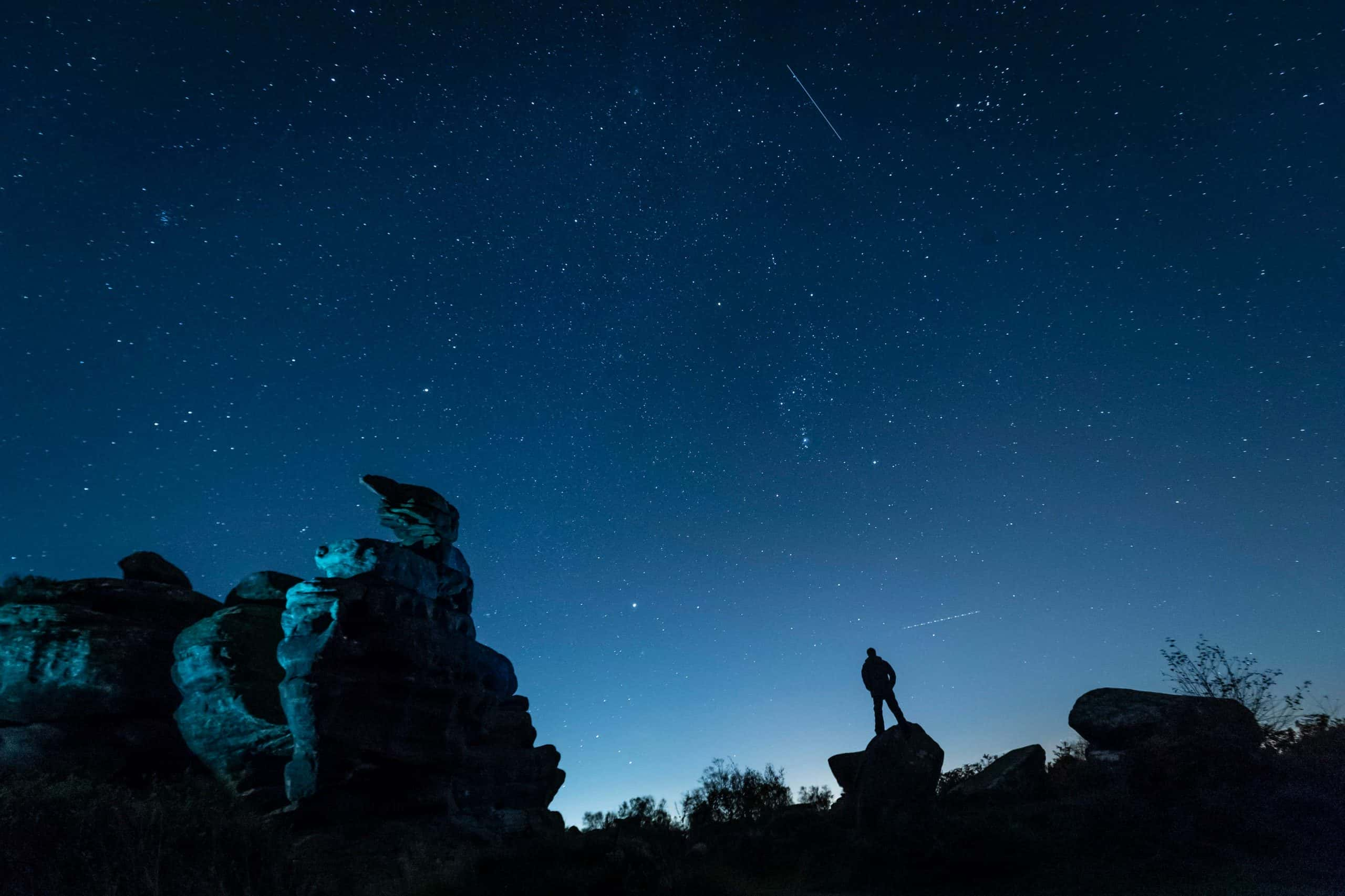This annual event, featuring meteors originating from debris shed by Halley’s Comet, reaches its peak during the third week of October.

The Orionid meteor shower, often considered part of the “junior varsity team” of meteor displays compared to its brighter counterparts like the December Geminids and August Perseids, is currently gracing our skies
This year, the Orionid meteor shower will be at its most prolific before sunrise on Sunday, October 22. Orion, a winter constellation, rises above the eastern horizon after 11 p.m. local daylight time in early autumn. With a first-quarter moon setting around 11:30 p.m. on October 21, it won’t obstruct the prime predawn viewing hours. To spot the meteor shower’s peak activity, look about 30 degrees away from the radiant, in the direction of the zenith.
The Orionids extend from October 16 to 26, with the best time to observe between 1 a.m. and dawn. The shower is unique because it’s visible from both the Northern and Southern Hemispheres. For optimal viewing, venture away from urban areas to rural locations where the dimmer meteors are better seen.
Orionid meteor showers are known for their incredible speed, streaking across the sky at 66 kilometers (41 miles) per second
Their bright counterparts may leave long-lasting trails, and fireballs are possible in the days following the peak. The origins of the Orionid meteor shower are tied to Halley’s Comet, which continually sheds debris into space along its orbit. These remnants collide with Earth, creating the awe-inspiring “shooting stars” we witness. Halley’s Comet’s legacy includes not just the Orionid meteor shower but also the Eta Aquarids in early May, as it intersects Earth’s orbit at two distinct points.
Although Halley’s Comet is currently far from the sun, it will return to the inner solar system in 2061, offering future generations a chance to witness this celestial wonder. For those who won’t be around to see it, the Orionid meteor shower provides a remarkable glimpse of the cosmic debris it has left behind.
READ ALSO: NASA Lucy Spacecraft’s Historic Encounter With Dinkinesh Marks Key Milestone In Asteroid Mission




